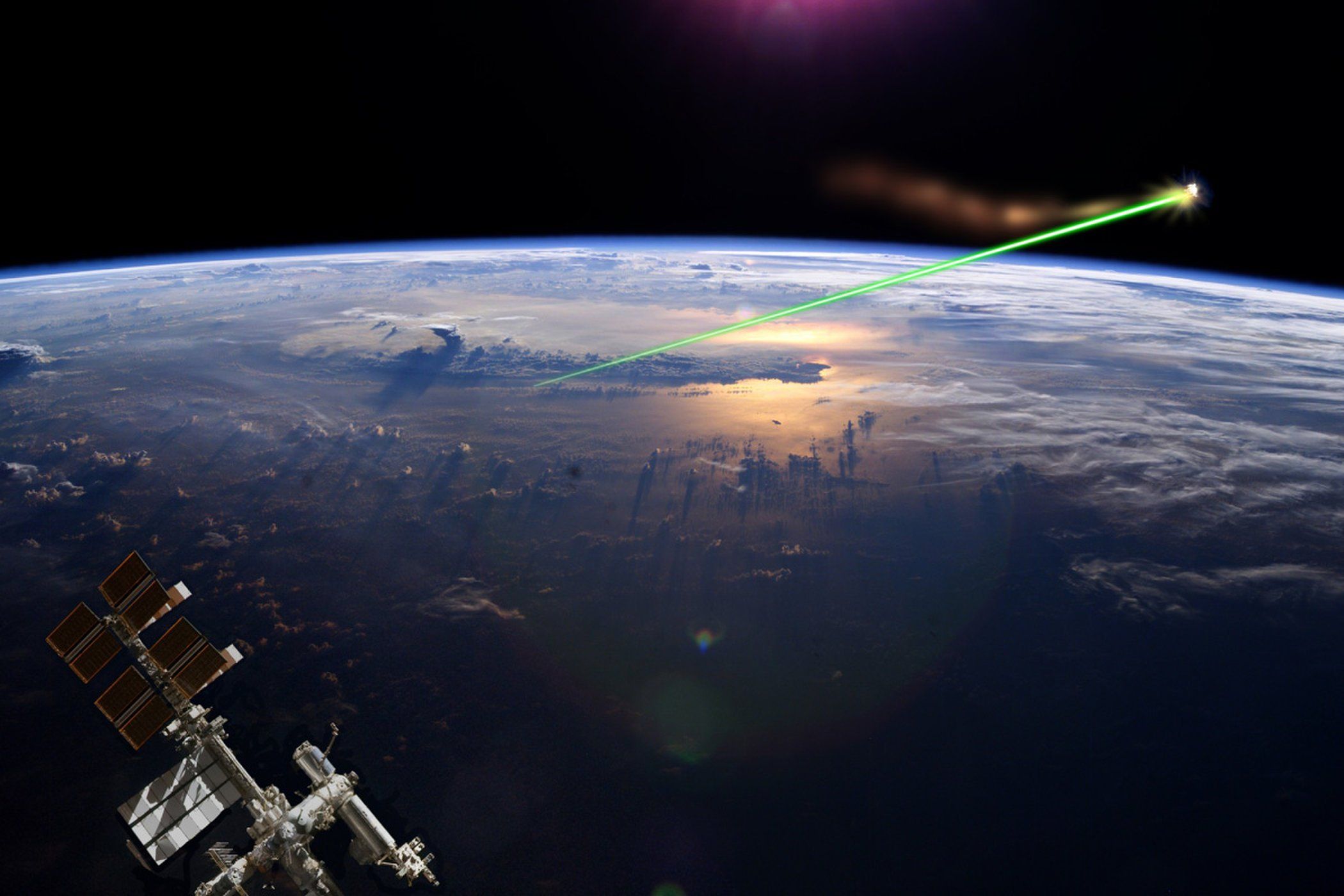Archive for the ‘energy’ category: Page 288
Dec 23, 2018
An Ultrafast Camera Filmed Electrons Interacting With Light Energy
Posted by Genevieve Klien in categories: electronics, energy
Dec 16, 2018
Amazing human powered bike travels 88MPH
Posted by Nicholi Avery in categories: energy, transportation
Dec 15, 2018
Proof-of-power and Pseudonym Pairs whitepaper, now on https://panarchy.app/ #BitLattice #BITNATION
Posted by Mark Larkento in category: energy
Dec 11, 2018
Researchers Reveal Inner Workings of the Proteasome
Posted by Steve Hill in categories: energy, sustainability
Researchers from Scripps Research have discovered how the proteasome, which is made of protein complexes in the cell that breaks down damaged and unwanted proteins, converts energy into motion to unfold target proteins for recycling.
What is the proteasome?
The proteasome is a protein complex whose job is to break down and recycle proteins that have become damaged or are no longer required. It achieves this via a process called proteolysis, a chemical reaction that breaks the peptide bonds, thus allowing the target protein to be destroyed and broken down into its constituent parts, which become ready to be reused to make new proteins. The enzymes that facilitate this recycling process are known as proteases.
Dec 7, 2018
For the first time, a major US utility has committed to 100% clean energy
Posted by Shailesh Prasad in category: energy
Dec 6, 2018
Scientists enter unexplored territory in superconductivity search
Posted by Genevieve Klien in categories: energy, mapping, quantum physics
Scientists mapping out the quantum characteristics of superconductors—materials that conduct electricity with no energy loss—have entered a new regime. Using newly connected tools named OASIS at the U.S. Department of Energy’s Brookhaven National Laboratory, they’ve uncovered previously inaccessible details of the “phase diagram” of one of the most commonly studied “high-temperature” superconductors. The newly mapped data includes signals of what happens when superconductivity vanishes.
Dec 6, 2018
The Final Frontier: Directed Energy Applications in Outer Space
Posted by Klaus Baldauf in categories: energy, mapping, military, space
[Editor’s Note: Mad Scientist Laboratory is pleased to publish the following post by returning guest blogger and proclaimed Mad Scientist Ms. Marie Murphy, addressing Directed Energy Weapon (DEW) applications in space, and their potential impact on Multi-Domain Operations (MDO) in the Future Operational Environment.]
The image of the “space war” is ubiquitous from popular Cold War and contemporary renderings: fast attack fighters equipped with laser cannons, swooping in to engage the enemy fleet in an outer space dogfight, culminating with the cataclysmic explosion of the enemy’s dreadnought. The use of directed energy in this scenario, while making for good entertainment, is a far cry from the practical applications of directed energy in space out to 2050. Taking a step back from the thrilling future possibilities of space combat, it is important to note that it is not a question of when lasers will be put into space — they already have been. What is uncertain is the speed at which lasers and other forms of directed energy will be weaponized, and when these capabilities will be used to extend conflict into the physical domain of low-earth orbit and outer space.
Since 2003, NASA has used a laser mounted on a satellite to measure ice sheets and conduct other environmental studies and mapping. This mission involved the constant emission of a green laser, split into six beams, reflecting off polar ice and returning photons to the satellite. NASA is presently exploring the use of lasers for communications, a technology with abundant military applications. One such program, undertaken jointly by NASA and private industry, is the use of optical, or laser, communications between space assets and ground stations on Earth. These optical transmissions have the benefit of allowing the communication.
Continue reading “The Final Frontier: Directed Energy Applications in Outer Space” »
Dec 4, 2018
Discovery of single material that produces white light could boost efficiency of LED bulbs
Posted by Genevieve Klien in categories: energy, physics
Physicists at The University of Toledo are part of an international team of scientists who discovered a single material that produces white light, opening the door for a new frontier in lighting, which accounts for one-fifth of global energy consumption.
“Due to its high efficiency, this new material can potentially replace the current phosphors used in LED lights — eliminating the blue-tinged hue — and save energy,” said Dr. Yanfa Yan, professor of physics at UT. “More research needs to be done before it can be applied to consumer products, but the ability to reduce the power that bulbs consume and improve the color quality of light that the bulbs emit is a positive step to making the future more environmentally friendly.”
The renewable energy research was recently published in Nature, the world’s leading multidisciplinary science journal.
Dec 3, 2018
A startup is about to test a ‘gas station in space’ that could one day refuel satellites
Posted by Michael Lance in categories: energy, satellites
Fuel is heavy. And when launching a satellite into space, the amount of fuel you give it determines how long it can stay operational. That is, unless you can refuel at a space gas station.
The news: Startup Orbit Fab is scheduled to launch an experiment to the International Space Station on board a SpaceX Dragon cargo mission tomorrow at 1:38pm EST. Its goal is to test the company’s method of fluid transfer in space. It’ll be launched alongside other scientific experiments to be performed by astronauts on board the station in collaboration with the ISS US National Lab.
The challenge: Refueling and repairing satellites in space requires some expert wrangling, as well as well as the launch of large quantities and types of fuel into orbit. Also, pumping new fuel into a satellite doesn’t work in microgravity the way it does on Earth. Fluids are harder to measure and float around their tanks unpredictably.


















